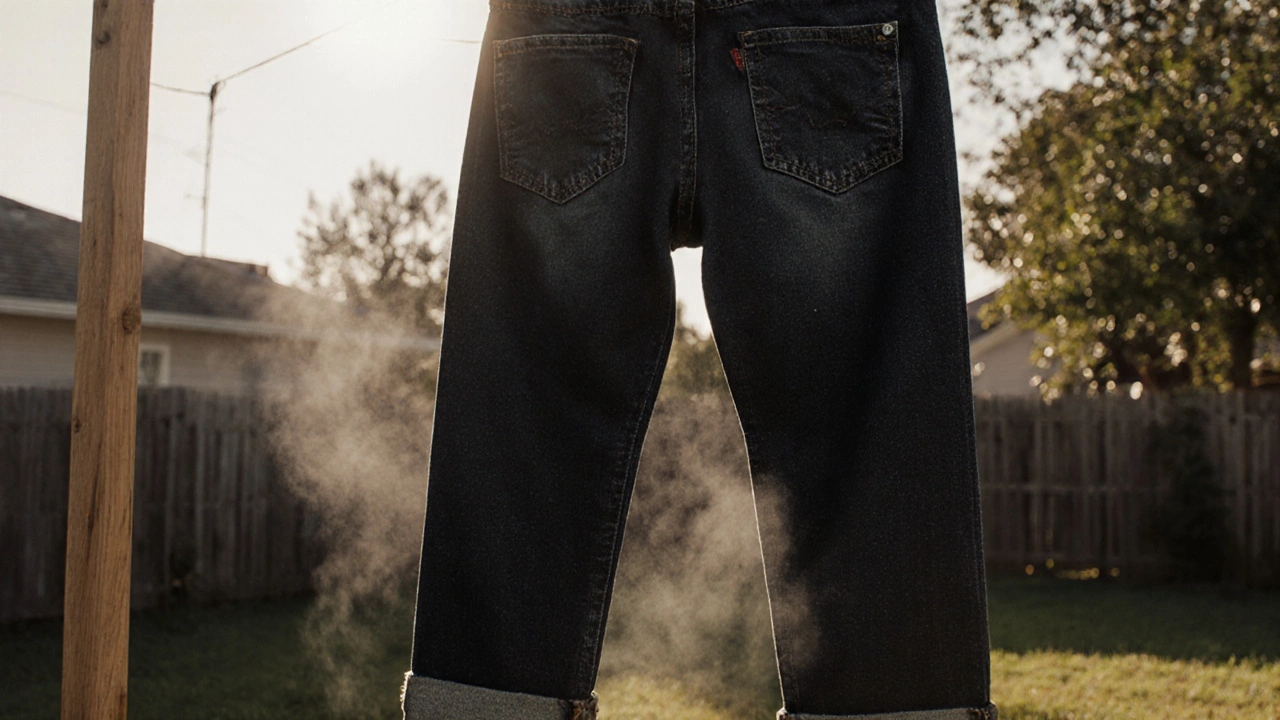Denim Washing: How It Changes Your Jeans and What You Need to Know
When you buy a pair of jeans, what you see on the rack isn’t always what you get after a few washes. denim washing, the process of treating raw or finished denim with water, chemicals, enzymes, or abrasion to alter its appearance and feel. Also known as jean finishing, it’s what gives jeans their faded knees, whiskers, or soft broken-in feel right out of the box. This isn’t just about looks—it changes how the fabric behaves, how long it lasts, and even how comfortable it feels against your skin.
Denim washing isn’t one thing. It’s a whole family of techniques. stone washing, using pumice stones to scrub away dye and soften fabric was huge in the 90s and still shows up on vintage-style jeans. enzyme washing, using natural enzymes instead of stones to break down indigo is gentler and more eco-friendly, which is why brands are switching to it. Then there’s bleach washing, a harsh method that strips color unevenly for a patchy, lived-in look. Each one affects the fabric differently—some weaken the threads, others just change the color. And if you’ve ever noticed your new jeans fading faster than expected? That’s often because they were pre-washed with chemicals that didn’t fully set the dye.
What you wash your jeans with at home matters too. Hot water, harsh detergents, and the dryer? They’re basically doing the same thing as factory washing—just slower and less controlled. That’s why your favorite pair might start looking like a different pair after a few months. The real secret to keeping denim looking good isn’t washing it less—it’s washing it right. Cold water, inside out, air dry. Simple. But most people don’t know that until their jeans are too faded to wear.
And it’s not just about style. Denim washing impacts sustainability. Factory methods that use tons of water and toxic chemicals are being called out—and that’s why some brands are now offering raw, unwashed denim. It’s tougher, darker, and needs time to break in, but it lasts longer and leaves a smaller footprint. If you care about how your clothes are made, the washing process tells you a lot.
Below, you’ll find real posts that dig into how denim reacts to washing, what materials are used in jeans, how to care for them, and even how brands fake that worn-in look. Whether you’re trying to fix a pair that got too light or just want to understand why your jeans feel different after the first wash, these articles have the straight facts—not fluff.
How Often Should You Wash Jeans? The Real Answer Based on Wear, Fabric, and Lifestyle
Washing jeans too often ruins their fit and color. Learn the real rules for when to wash based on wear, fabric type, and odor-not just how many times you’ve worn them.
Read more